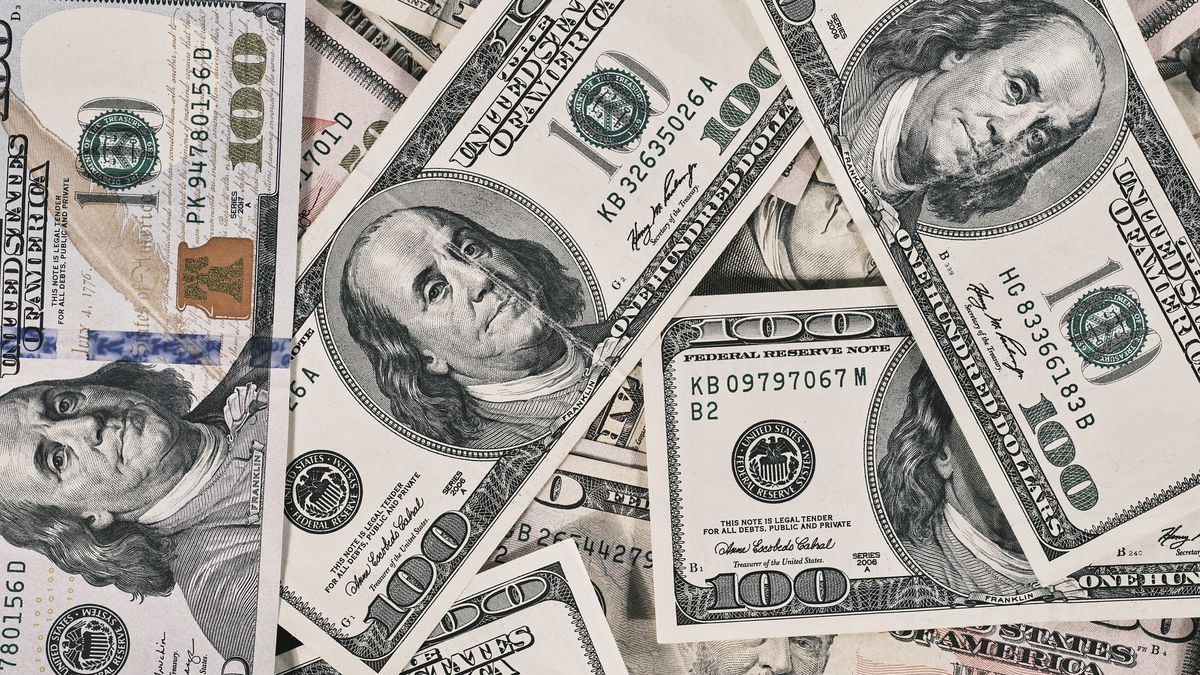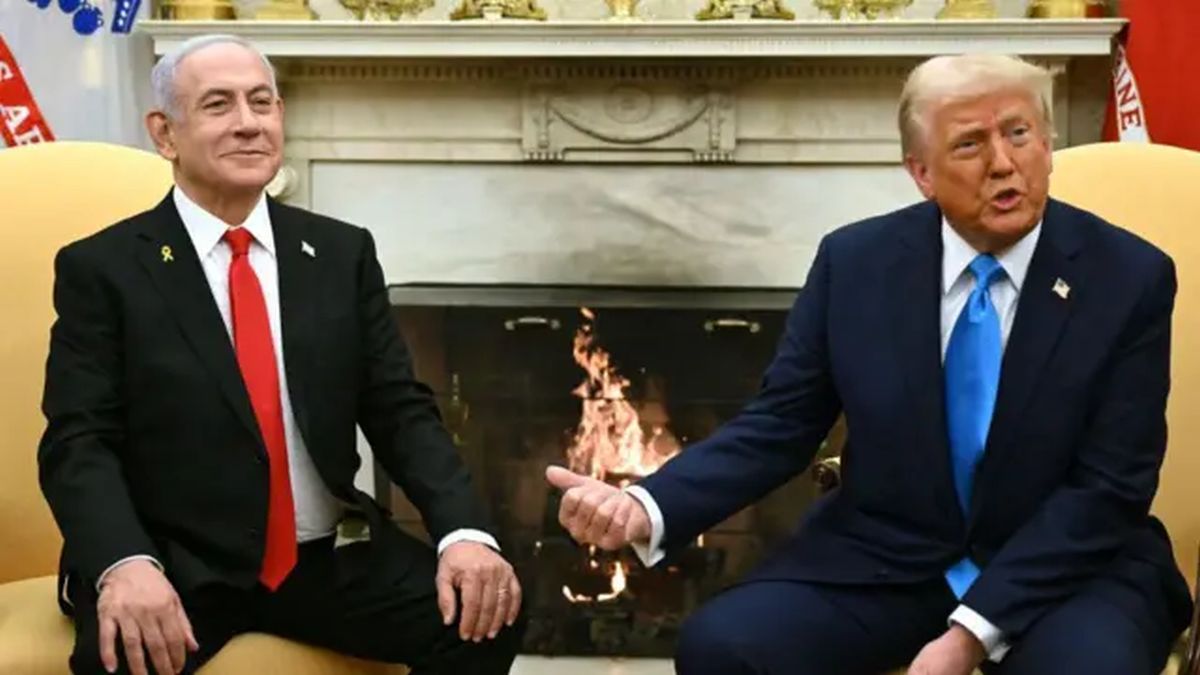Conversely, the MEP or Stock Exchange -also valued with the Global 2030- rose 0.2% $191.23and the gap rose smoothly to 70%.
With these numbers, stock prices ended below the solidarity dollar (the dollar that most retail savers can buy) for the tenth consecutive session.
It is worth remembering that both the MEP and the CCL collapsed since the announcement of the principle of understanding with the International Monetary Fund (IMF), which later ended in an agreement approved both by the National Congress and by the board of directors of the multilateral credit organization.
The BCRA’s change in strategy, adjusting variables that were “stepped on”, such as the official exchange rate and interest rates, reduced the pressure on the parallel markets for the dollar. However, the inflationary jump in February and March forces the measures to be recalibrated again and fuels devaluation expectations. In this sense, the board of directors of the Central will meet on Wednesday to discuss a possible new rise in the reference interest rate.
That is why Some analysts see $190 as a floor for financiers to advance in line with price increases from now on.
The consumer price index (CPI) for March will exceed 6%, Economy Minister Martín Guzmán told C5Nand could exceed 6.5% in September 2018, setting a record for a long time.
Added to the local inertia is an adverse global context, with record rises in world prices, fundamentally due to the escalation in commodities; In the US, year-on-year inflation was 8.5%, a new maximum in 40 years.
“Given the strong acceleration that would have marked the CPI in March, the inflationary dynamic is once again at the center of the scene. This is not only a factor of economic instability, but also increases tension within the ruling party,” he said. Cohen Brokerage.
In this framework, “carry trade” operations that take advantage of the high yields of titles in pesos indexed to inflation become attractive.
Market sources assured Ámbito that, in this framework, a significant income of dollars from “big” investment funds is being received. This is reflected, they argued, in that the price of the dollar in the Stock Exchange that arises from bilateral negotiations (SENEBI) operates below the price on the screen (PPT).
official dollar
In the official segment, the wholesale dollar climbed 18 cents to $112.76. In this way, in the first two days of the week it advanced 60 cents, more than in the same period last week, which reflects that the BCRA deepens its strategy of accelerating the “crawling peg”.
In the meantime, the monetary authority added its sixth consecutive day without selling currency by ending its intervention with a meager positive balance of less than US$1 million. The market expects a higher level of reserve accumulation, taking into account that we are in the middle of the soybean and corn harvest season.
According to the president of the Chamber of the Oil Industry and the Cereal Exporters Center (Ciara-CEC), Gustavo Idígoras, the current strike of carriers causes a loss of US$100 million per day for grain exports that are not being carried out due to the force measure.
On the contrary, operators highlighted in dialogue with this medium that on Monday they received US$198 million from foreign sales, a not insignificant figure. Therefore, they argued that the few dollars of that amount that the BCRA manages to save has more to do with the sustained demand than with the shortage of supply.
Truck owners in Argentina continued on Tuesday without transporting grain despite a call for a meeting with the government, in a protest that began at the height of the thick harvest to demand a rise in freight rates.
For its part, The dollar that most retail savers can access, known as “savings” or “solidarity”, touched $195 this Tuesdayfor which he was a shot away from beating the blue, something that has not happened since June of last year.
For the seventh consecutive day, the blue dollar closed below $200, according to a survey by Ámbito in the Black Market of Currencies.
The parallel dollar closed stable at $195its lowest value since last October, with which the gap with the official wholesale dollar was below 73%.
Source: Ambito
David William is a talented author who has made a name for himself in the world of writing. He is a professional author who writes on a wide range of topics, from general interest to opinion news. David is currently working as a writer at 24 hours worlds where he brings his unique perspective and in-depth research to his articles, making them both informative and engaging.




